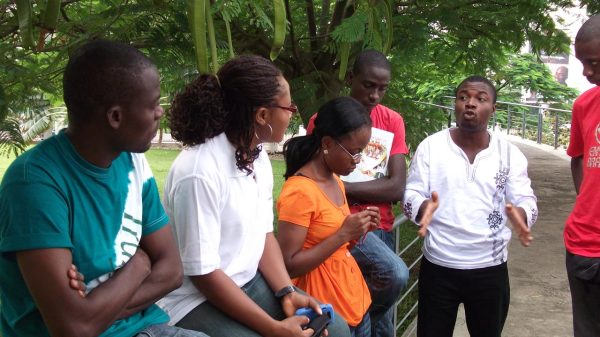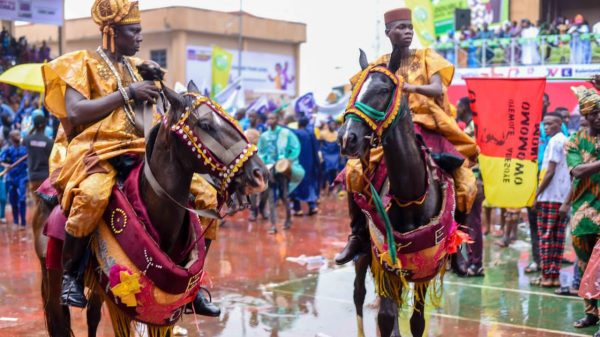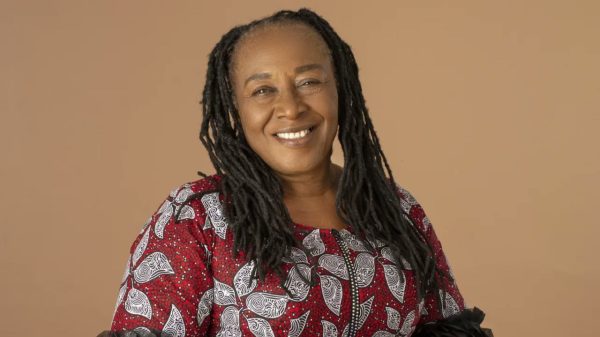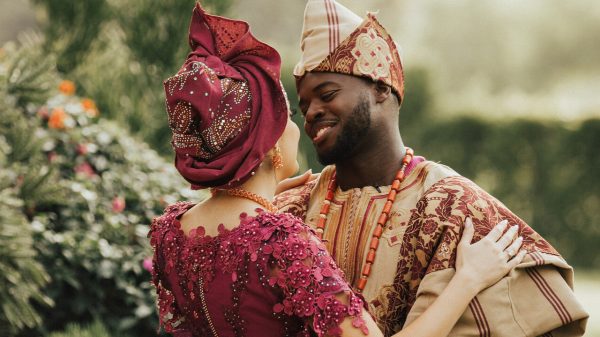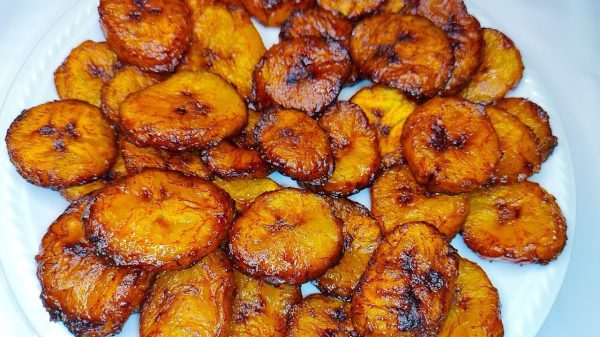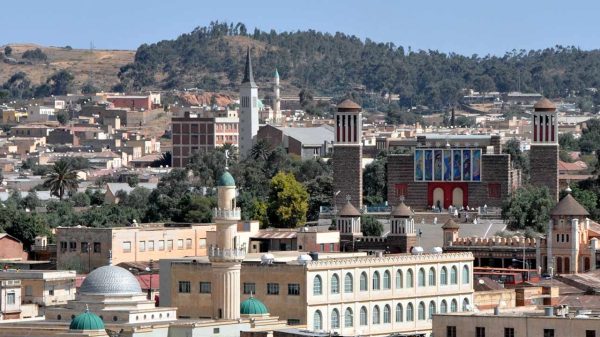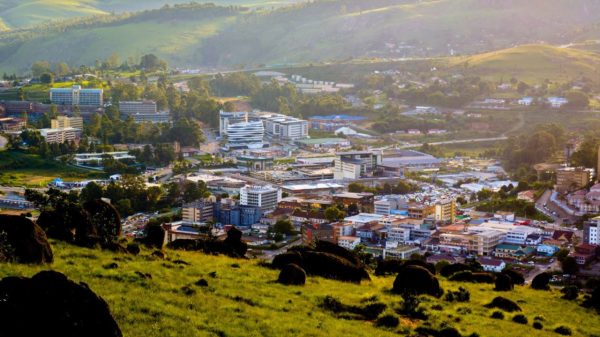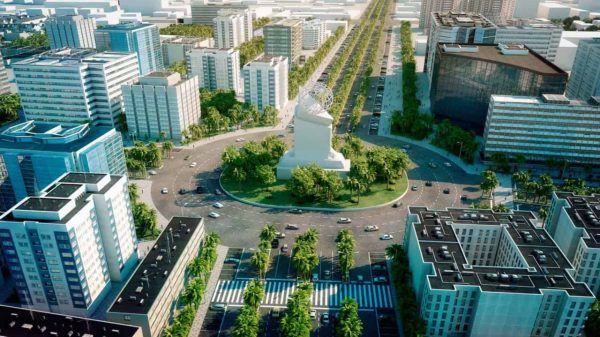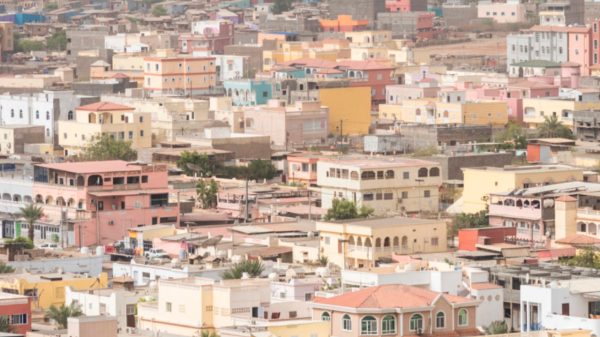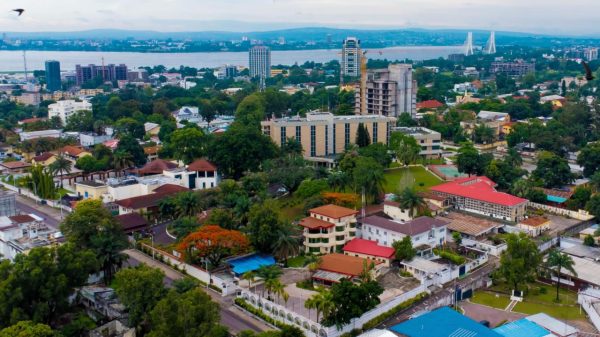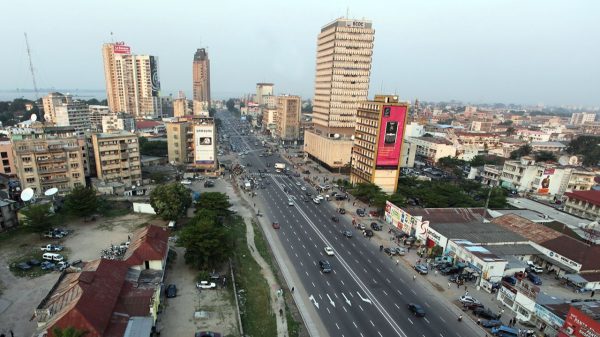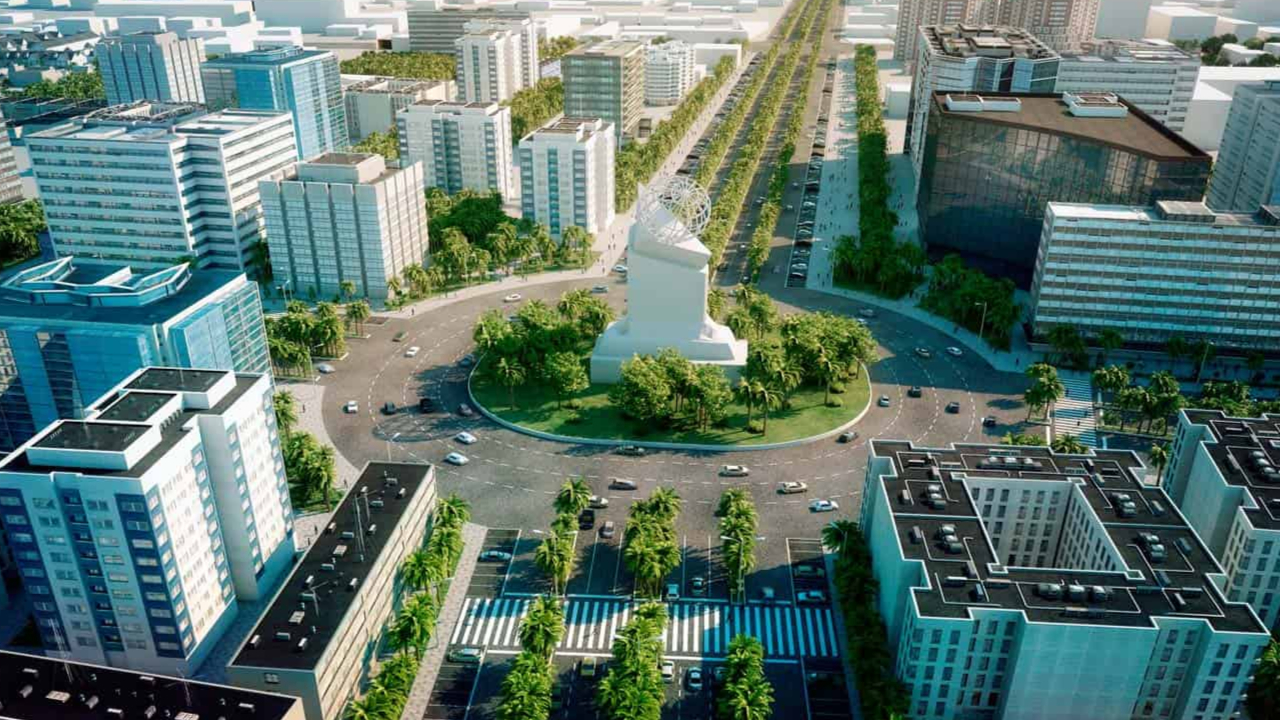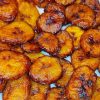Along the Gulf of Guinea in Central Africa, Equatorial Guinea is a nation of contrasts and surprises. Despite its modest size, it boasts a rich tapestry of cultures, languages, and natural wonders.
As the only Spanish-speaking country in Africa, Equatorial Guinea stands out linguistically and historically. The country’s wealth from oil reserves contrasts with its diverse ecosystems, including dense rainforests and unique wildlife. From its colonial past to its modern-day political dynamics, Equatorial Guinea offers a fascinating glimpse into a nation where tradition meets ambition. Here are nine intriguing facts that shed light on this remarkable country.
1. The Only Spanish-Speaking Country in Africa
Equatorial Guinea holds the unique distinction of being Africa’s sole Spanish-speaking nation. This linguistic heritage stems from its colonial history under Spanish rule, which lasted until the country gained independence in 1968. Today, Spanish remains the official language, used in government, education, and media. Approximately 68% of the population speaks Spanish, setting Equatorial Guinea apart from its neighbors, where French or English predominates. The Spanish influence is also evident in the country’s architecture, cuisine, and cultural practices, making it a distinctive blend of African and European traditions.
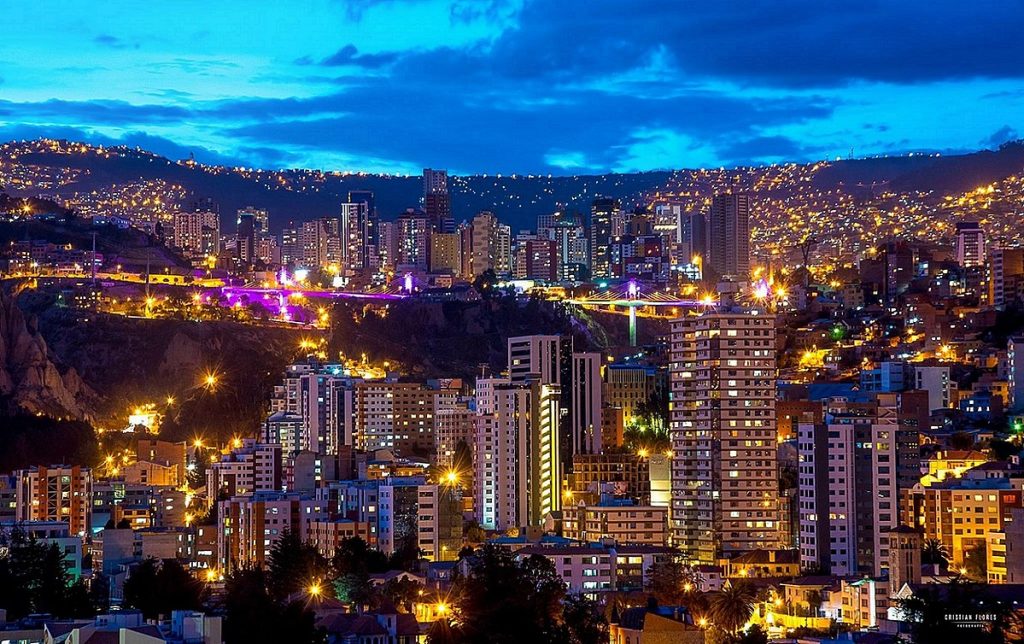
2. Capital City Located on an Island
Unlike most countries, Equatorial Guinea’s capital, Malabo, is situated on an island—Bioko Island—rather than on the mainland. This geographical peculiarity makes Malabo one of the few national capitals not located on the continental landmass of its country. Bioko Island lies approximately 32 kilometers off the coast, and Malabo’s location has historical roots dating back to colonial times. The city’s insular position has influenced its development, culture, and accessibility, distinguishing it from other African capitals.
3. Building a New Capital: Ciudad de la Paz
Recognizing the logistical challenges of having a capital on an island, Equatorial Guinea has embarked on constructing a new capital city, Ciudad de la Paz (formerly Oyala), on the mainland. Envisioned as a modern administrative hub, this city aims to centralize government functions and promote development in the mainland region. The project reflects the country’s ambition to modernize and diversify its economy beyond oil dependence. Once completed, Ciudad de la Paz is expected to host government institutions, residential areas, and commercial zones, symbolizing a new chapter in Equatorial Guinea’s national identity.
4. Home to the World’s Largest Frog
Equatorial Guinea’s lush rainforests are home to the Goliath frog (Conraua goliath), the largest frog species on the planet. These amphibians can grow up to 32 centimeters in length and weigh over 3 kilograms. Found primarily in the country’s fast-flowing rivers, Goliath frogs are known for their impressive leaping abilities and unique nesting behaviors. However, they face threats from habitat destruction and overharvesting, leading to conservation concerns. Efforts are underway to protect their natural habitats and ensure the species’ survival for future generations.
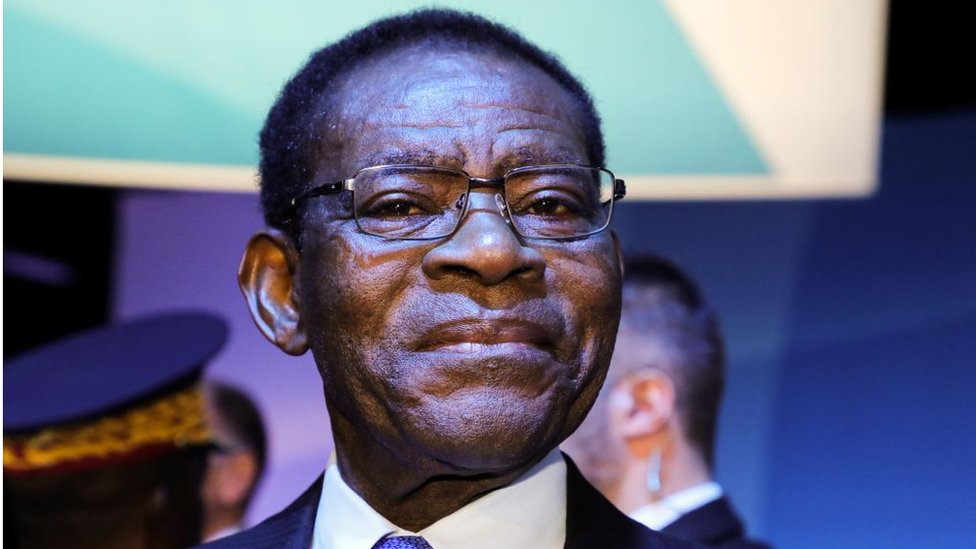
5. Africa’s Longest-Serving President
President Teodoro Obiang Nguema Mbasogo has led Equatorial Guinea since 1979, making him the longest-serving president in Africa. He assumed power after a coup that ousted his uncle, Francisco Macías Nguema. Under his rule, the country has experienced significant economic growth due to oil discoveries. However, his tenure has also been marked by allegations of human rights abuses and suppression of political opposition. Despite international criticism, President Obiang has maintained a firm grip on power, with elections often resulting in overwhelming victories for his party.
6. Monte Alén National Park: A Biodiversity Haven
Monte Alén National Park, spanning 2,000 square kilometers, is a testament to Equatorial Guinea’s rich biodiversity. Located in the mainland region, the park encompasses dense tropical rainforests, rivers, and mountainous terrains. It serves as a sanctuary for various species, including forest elephants, chimpanzees, and the elusive western lowland gorilla. The park’s relatively untouched ecosystems offer opportunities for ecotourism and scientific research, highlighting the country’s commitment to environmental conservation.
7. A Nation of Islands and Mainland
Equatorial Guinea comprises a mainland territory, Río Muni, and several islands, including Bioko, Annobón, Corisco, and others. This unique geographical composition contributes to the country’s cultural and ecological diversity. Each region boasts distinct traditions, languages, and natural landscapes. For instance, Annobón Island, located in the Gulf of Guinea, is known for its volcanic origins and unique biodiversity. The interplay between island and mainland communities enriches Equatorial Guinea’s national identity and offers varied experiences for visitors.
8. The Basilica of the Immaculate Conception
In the town of Mongomo stands the Basilica of the Immaculate Conception, one of Africa’s largest Catholic churches. Consecrated in 2011, this architectural marvel showcases neoclassical design elements and serves as a significant religious site for the predominantly Catholic population. Funded by the government, the basilica symbolizes the country’s religious devotion and its investment in monumental architecture. It also reflects the influence of Christianity, introduced during colonial times, which continues to play a central role in Equatorial Guinea’s cultural and social life.
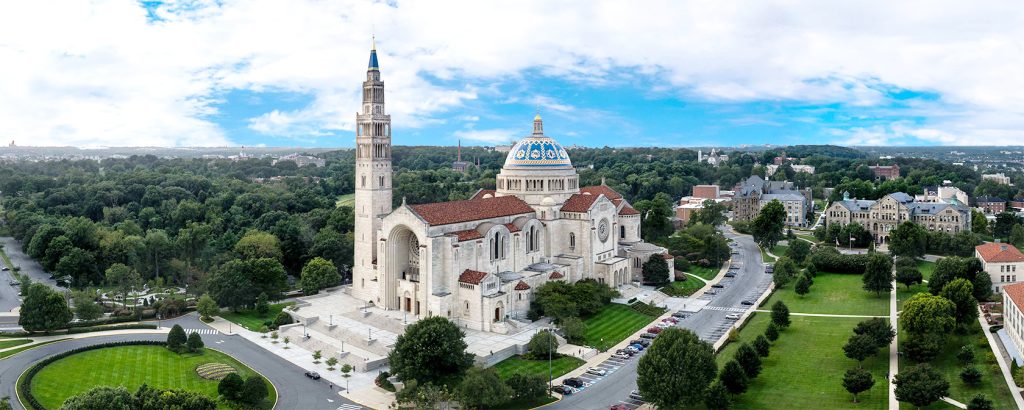
9. Rich in Oil, Yet Economic Disparities Persist
Equatorial Guinea is one of Sub-Saharan Africa’s leading oil producers, with petroleum accounting for a significant portion of its GDP and export revenues. The discovery of oil in the 1990s transformed the nation’s economy, leading to rapid infrastructure development and increased international investment. However, this wealth has not been evenly distributed among the population. Despite high per capita income statistics, many citizens continue to face poverty and limited access to essential services. Efforts to diversify the economy and address social inequalities remain ongoing challenges for the government.
Subscribe to our Newsletter
Stay updated with the latest trends in African Pop Culture!


